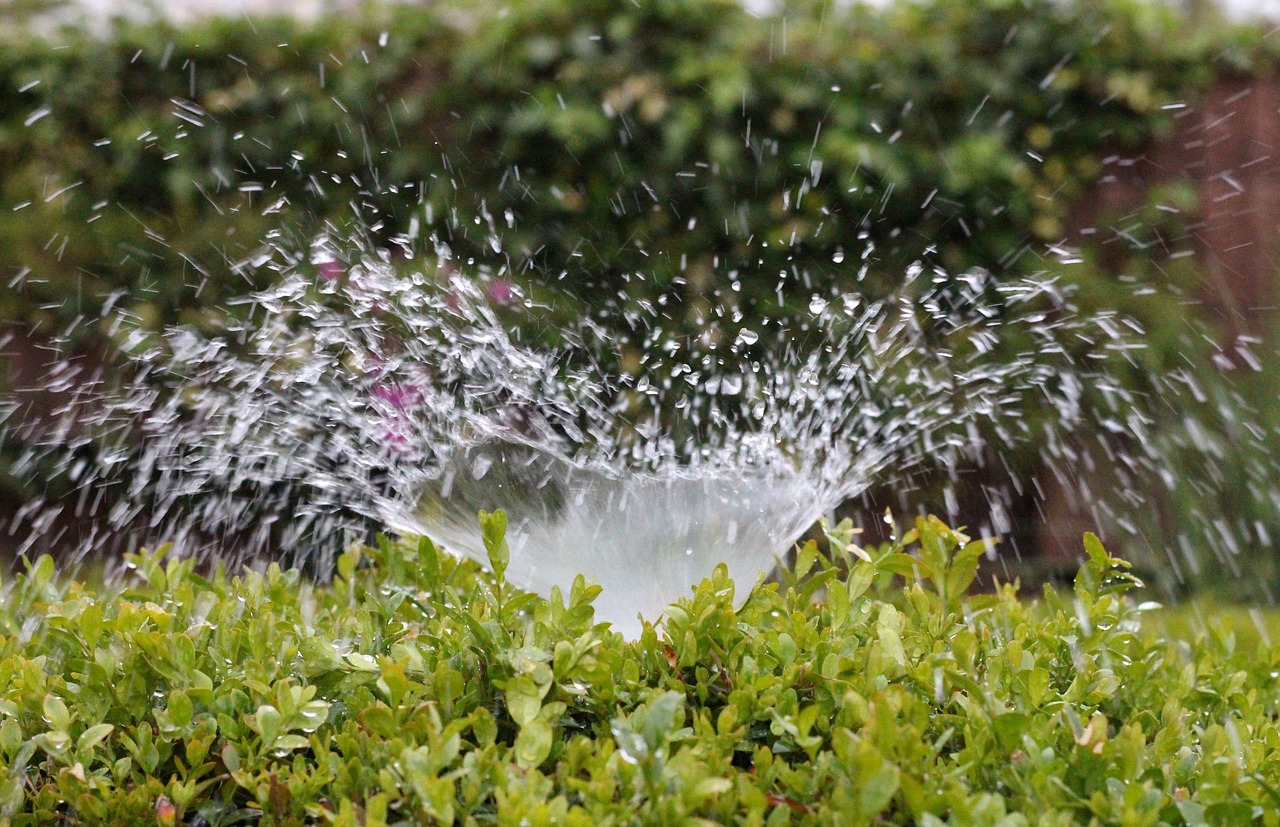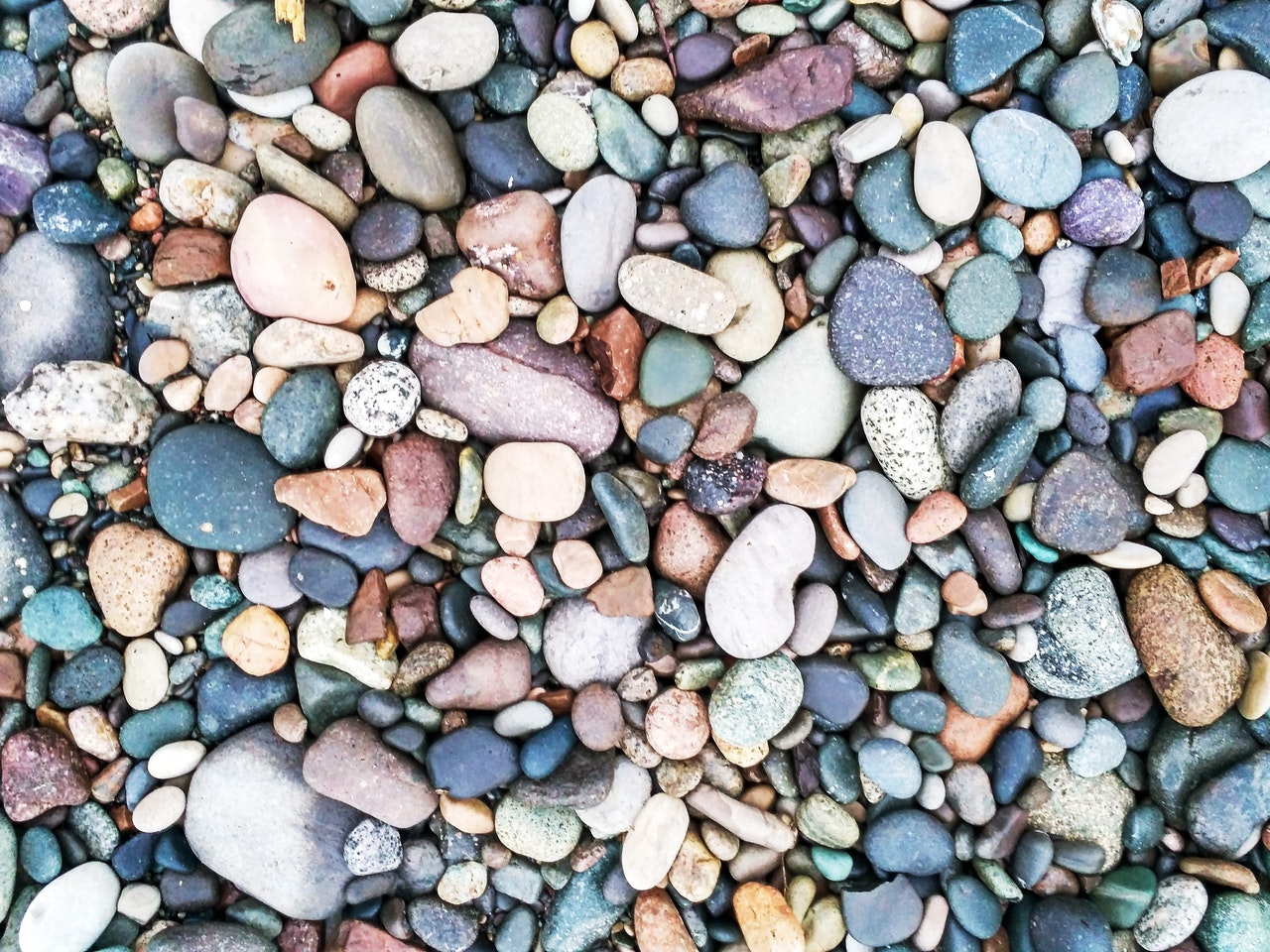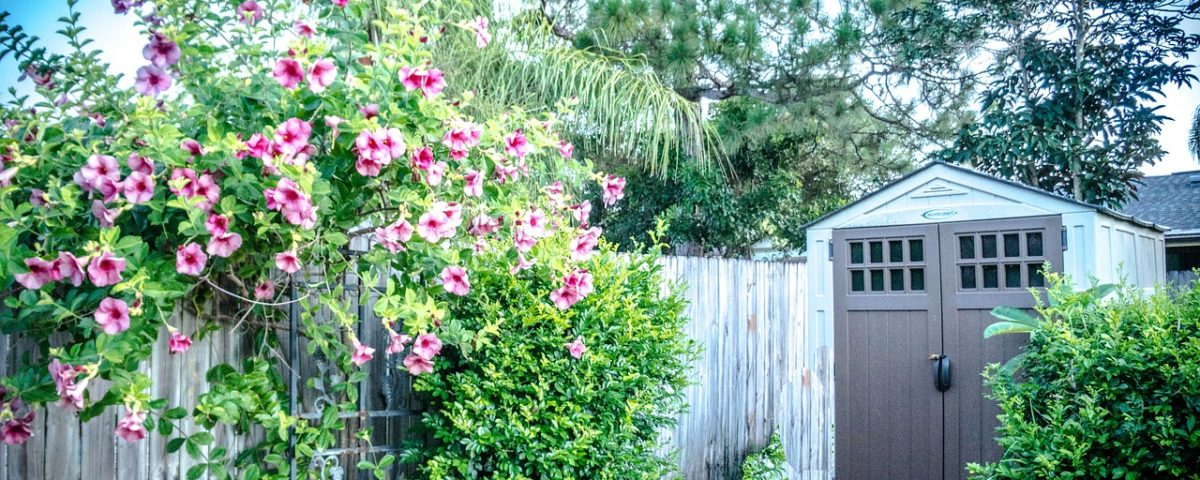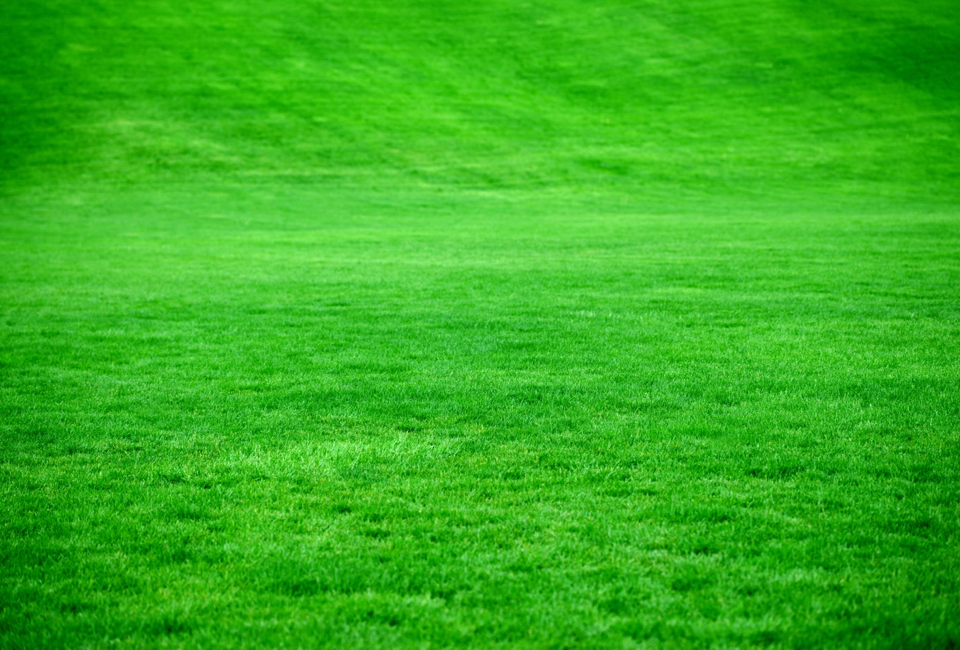
Minimizing Water Waste in Your Garden
December 28, 2018
Beautiful Decorative Rocks to Incorporate in Your Yard
December 29, 2018In recent years, water shortages have become commonplace here in California, but what can private citizens do to help conserve water during times of drought? If you’re currently evaluating your own water use at home, specifically in your landscaping, then you’re not alone. Many California homeowners have begun looking for ways to become more “waterwise” when it comes to their yard and garden. In fact, some municipalities have even implemented programs to incentives homeowners to save water.
There are a number of different ways you can minimize water use in your home and make it more drought tolerant. First, you can ditch your grass completely. This isn’t advice that many homeowners want to hear, however, keep in mind that ditching your lawn doesn’t have to mean your yard can’t be green. Artificial turf is always an option, but it can be fairly expensive to install and maintain over the years. Instead, you might consider adding natural stone or gravel walkways in between areas of green space. Be very selective about the plants that you choose to add to your yard. Your local landscaping supplies professional can help you choose plants that require minimal water and that thrive easily in your region.
Smart Irrigation
For areas that do still require irrigation, it’s vital that are diligent about maintaining your sprinkler systems properly. First and foremost, you sprinklers should be on a timer, preferably turning on in the evening when less water will be prone to evaporation. Additionally, you should do periodic checks of your entire system to ensure that there are no damaged sprinkler heads. Keep an eye out for any other areas where water might be wasted. Following these simple steps can help you cut your water wasted down by up to half.
For bushes, vegetable gardens, and flower beds, drip irrigation systems are a great way to lower your water waste and the amount of water you lose to evaporation. A drip irrigation system can be set up to target the areas close to the roots of your plants, ensuring that they get the water they need, without soaking all of the surrounding areas. A word of caution when it comes to drip irrigation: you will want to check your systems regularly for any signs of clogged nozzles.
Other than that, drip irrigation systems can be placed on a timer so there is very little work required on your part. Another thing to keep in mind about drip irrigation systems is that over time, they can cause the top levels of your soil to somewhat compact. To allow your plants to thrive, make sure that you’re starting with quality topsoil that will allow the roots of your plant to receive the oxygen and nutrients they need.
When is the Best Time to Start a Drought-Tolerant Garden?
There’s never a bad time to start taking steps towards creating a more waterwise landscape. However, if you plan on changing out your current plants for native and drought-friendly varieties, then you may want to consider adding the bulk of these either late in the fall or early winter. The will give you new plants an opportunity to become acclimated to their new home before the brunt of the summer heat sets in. Your new plants will also benefit from the extra days of rain we typically get during cooler months here in Southern California.
More Tips for Maintaining a Drought-Friendly Yard
Use Fertilizer Correctly:
Fertilizers are great for helping your plants thrive, however, there is a right way and a wrong way to utilize them. Make sure you speak to your landscaping supplies professional for information on the best type and time to fertilize your particular plants. If you fertilize without a proper plan, it may increase your plants need for water.
Get to Know Your Irrigation System:
Make sure that you know the ins and outs of your particular irrigation system. That way you can easily adjust your schedule and watering areas as needed throughout the year. Be sure to par down your watering in the winter and slightly increase it during hotter months.
Consider Investing in a Graywater System:
Graywater systems capture wastewater from your home, such as the water that is generated while doing laundry. From there, the system is able to process it to be used for irrigating your plants. This can be very useful during times of drought when water conservation is especially needed.
Keep an Eye on Weeds:
Weeds use up the water that your plants need to survive. Make sure that your landscaping is not in competition with weeds by taking measures to keep unwanted plants at bay. Mulch is a great way to naturally control the weeds in your garden.
Drip Irrigation:
As we mentioned above, a drip irrigation system could be the answer to your overwatering problem. Drip irrigation systems can help you substantially lower the amount of water you need to use in your yard during times of drought.
Mulch:
Mulch is not only great for keeping weeds away. In addition, it can also work as a great moisture barrier for your topsoil. That means that you lose less water to evaporation during the day. Mulch is available in a variety of colors and textures, so you can easily find one that fits your aesthetic.
When you’re ready to create your drought-tolerant landscape, come into Cal Blend Soils. We have everything you need to keep your yard looking great all year long. Our knowledgeable associates can help you with everything from finding the perfect gravel for your walkways, to choosing the idea topsoil and mulch for your drought-tolerant plants.


